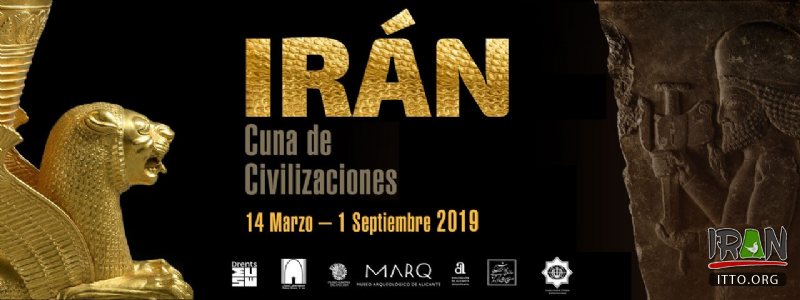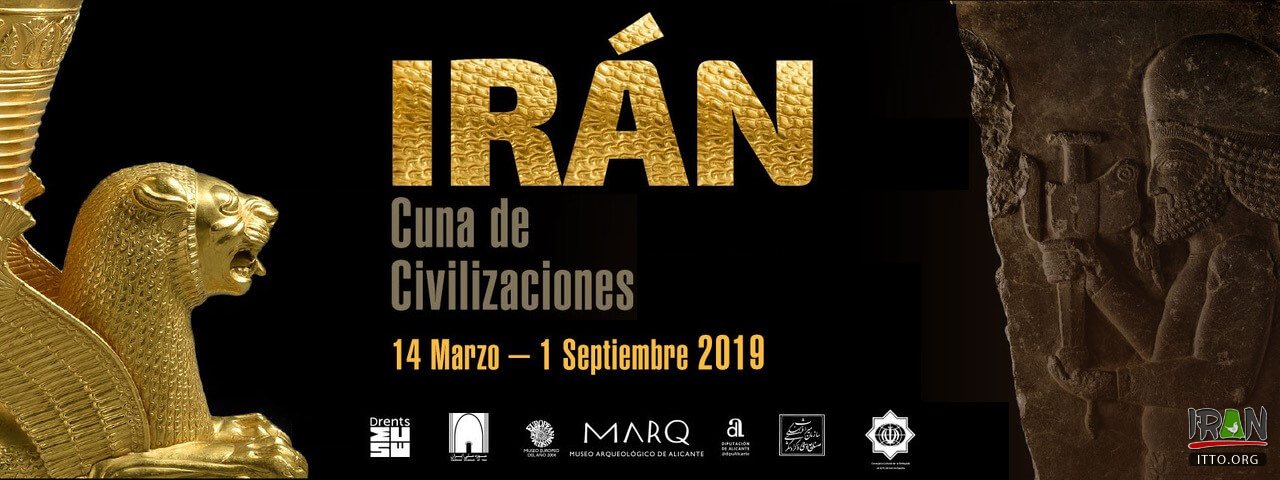More than 100,000 visitors from Spain and other countries visited “Iran, Cradle of Civilization”, an exhibition of ancient relics, which was on loan from the National Museum of Iran at the Archeological Museum of Alicante (MARQ) in southeastern Spain.
The exhibition opened to the public on March 14 and officially wrapped up on September 1, pulling in 101,108 people from Spain and other nationalities, CHTN quoted Jebreil Nokandeh, director of the National Museum of Iran, as saying on Tuesday.
Nina Rezaei, a top official with the National Museum of Iran, assessed the exhibit as successful, citing appropriate designs and installations, combined with audio-visual performances as contributors to the success.
Specialized meetings on the Iranian history and culture were also held on the sidelines of the event, the official added.
The exhibit featured a select of 196 valuable historical pieces of a large span of the Iranian history, starting from pre-historical era to the Islamic period, truing the spotlight on the earliest developments of agriculture and livestock farming from the very beginning to cuneiform clay tablets, gold beakers and ornaments, bronze weapons and beautifully painted ceramics associated with successive Iranian kingdoms.
“Iran, Cradle of Civilization” was previously on show at Drents Museum, Assen, the Netherlands, where it was well received by museumgoers from June to November 2018. The Dutch museum also won an audience prize from New York’s prestigious Global Fine Art Awards on March 12 for its contribution to host such an enormous exhibit of the history of Persia.
On Sunday, a significant exhibition of arts and archaeological objects, which was on loan from the Drents Museum, came to an end at the National Museum of Iran. It pulled in some 66,000 visitors since the opening date on October 2, 2018.



